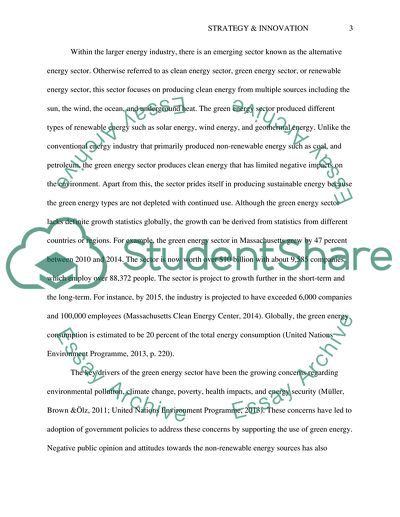Cite this document
(“Solarizing of Telecom Towers in India Essay Example | Topics and Well Written Essays - 3750 words”, n.d.)
Solarizing of Telecom Towers in India Essay Example | Topics and Well Written Essays - 3750 words. Retrieved from https://studentshare.org/engineering-and-construction/1862772-strategy-innovation
Solarizing of Telecom Towers in India Essay Example | Topics and Well Written Essays - 3750 words. Retrieved from https://studentshare.org/engineering-and-construction/1862772-strategy-innovation
(Solarizing of Telecom Towers in India Essay Example | Topics and Well Written Essays - 3750 Words)
Solarizing of Telecom Towers in India Essay Example | Topics and Well Written Essays - 3750 Words. https://studentshare.org/engineering-and-construction/1862772-strategy-innovation.
Solarizing of Telecom Towers in India Essay Example | Topics and Well Written Essays - 3750 Words. https://studentshare.org/engineering-and-construction/1862772-strategy-innovation.
“Solarizing of Telecom Towers in India Essay Example | Topics and Well Written Essays - 3750 Words”, n.d. https://studentshare.org/engineering-and-construction/1862772-strategy-innovation.


